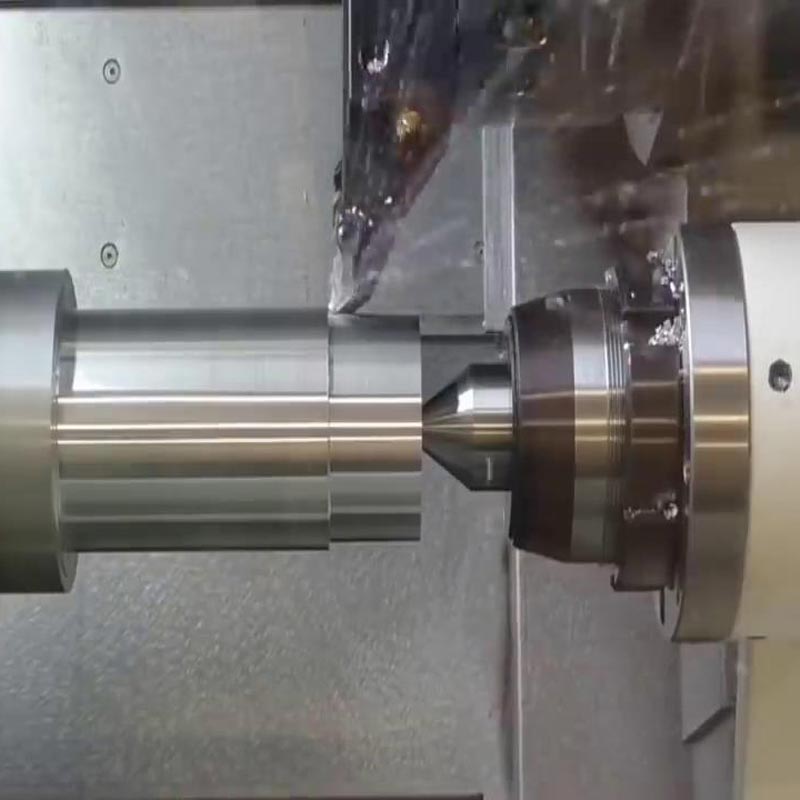Introduction
CNC machining is a manufacturing process that involves the use of computer-controlled machine tools to create precise and complex parts from a variety of materials. This process has been used for decades in the manufacturing industry, and it continues to evolve with new technologies. One of the latest advancements in the industry is 5-axis CNC machining, which is a type of CNC machining that involves the use of a machine tool with five axes of motion to create highly complex and intricate parts.
In this blog post, we will discuss what 5-axis CNC machining is, how it works, and its advantages over traditional CNC machining.

What Is 5-Axis CNC Machining?
5-axis CNC machining is a type of CNC machining that involves the use of a machine tool with five axes of motion. These five axes of motion are the X, Y, Z, A, and B axes. The X, Y, and Z axes are linear axes that control the movement of the machine tool in three dimensions. The A and B axes are the rotational axes that control the rotation of the machine tool in two dimensions.
In traditional CNC machining, only three axes of motion are used, which limits the types of parts that can be created. However, with 5-axis CNC machining, the machine tool can move and rotate in multiple directions, allowing it to create highly complex and intricate parts with greater precision and accuracy.
How Does 5-Axis CNC Machining Work?
The five axes of motion in 5-axis CNC machining allow for greater flexibility in the types of parts that can be created. This is because the machine tool can move and rotate in multiple directions, allowing it to create highly complex and intricate parts with greater precision and accuracy.
In 5-axis CNC machining, the machine tool is controlled by a computer program that specifies the movements of the machine tool in each of the five axes. The computer program takes into account factors such as the shape of the part being created, the type of material being used, and the desired level of precision and accuracy.
Once the computer program has been created, it is loaded into the machine tool’s control system, which then executes the program to create the part. During the machining process, the machine tool moves and rotates in the specified directions and cuts away material from the workpiece until the desired shape and dimensions are achieved.

Advantages of 5-Axis CNC Machining
The advantages of 5-axis CNC machining over traditional CNC machining are numerous. Firstly, 5-axis CNC machining allows for greater precision and accuracy in the creation of highly complex and intricate parts. This is because the machine tool can move and rotate in multiple directions, allowing it to reach all areas of the workpiece and create highly intricate shapes and designs.
Secondly, 5-axis CNC machining allows for shorter machining times and lower costs. This is because it can create parts in a single setup, rather than requiring multiple setups as with traditional CNC machining. This reduces the time and cost associated with tool changes, setup, and alignment.
Thirdly, 5-axis CNC machining enables the creation of parts with more complex geometries. This is because it can create undercuts, overhangs, and other features that would be impossible with traditional CNC machining.
Conclusion
5-axis CNC machining is a highly advanced and precise manufacturing process that allows for the creation of highly complex and intricate parts with greater precision and accuracy. By using a machine tool with five axes of motion, manufacturers can create parts in a single setup, saving time and reducing costs. As technology continues to advance, the use of 5-axis CNC machining is likely to become even more widespread in a variety of industries, including aerospace, medical, and automotive.
